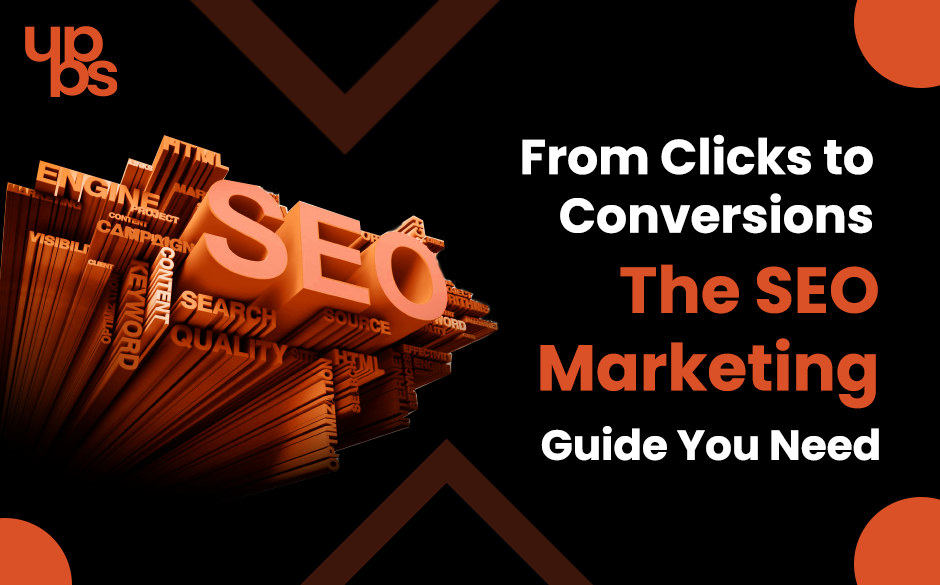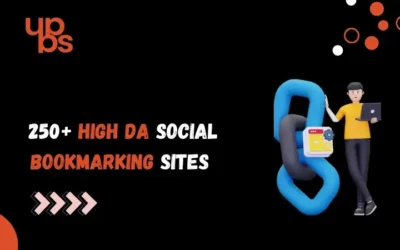Search engine optimization (SEO) isn’t just about driving traffic—it’s about making every click count. With the latest advancements in artificial intelligence (AI), machine learning, and predictive analytics, SEO marketing has become smarter than ever, helping businesses attract the right audience, engage visitors effectively, and turn them into loyal customers.
If you’re a marketing professional, small business owner, content strategist, or SEO enthusiast, this guide will show you how to harness the true potential of SEO marketing and move beyond clicks to real conversions.
Whether you’re new to the concept or an experienced marketer trying to grow your organic traffic, understanding SEO’s fundamentals is crucial for success.
What is SEO Marketing?
Simply put, SEO marketing is the practice of enhancing your website’s content and structure to increase visibility on search engines like Google, Bing, and Yahoo. The goal isn’t just to rank higher on search engine results pages (SERPs) but to connect with searchers actively looking for what your business offers.
The Evolution of SEO
SEO has come a long way from keyword stuffing and spammy backlinks. Today, search engine algorithms prioritize quality content, user experience (UX), Core Web Vitals, and search intent. Modern SEO continues to evolve with AI powering predictive search, voice search, zero-click searches, and personalized search results tailored to individual user behaviors.
Why Does SEO Matter?
Over 90% of online experiences begin with a search query. Without technical SEO, on-page SEO, and off-page SEO strategies, your business risks getting buried in a sea of competitors. SEO marketing is critical for brand awareness, credibility, and lead generation, especially for businesses looking to capture high-intent users
The Journey from Clicks to Conversions
Turning clicks into customers involves three fundamental steps:
1. Attracting the Right Audience
To drive meaningful traffic, your audience needs to find you first.
-
Keyword Research
Keyword research is where it all begins. Use tools like Google Keyword Planner, Semrush, or Ahrefs to identify high-intent keywords relevant to your business. Focus on both short-tail and long-tail keywords to capture a broader audience.
-
On-Page Optimization
Optimize title tags, meta descriptions, headers, and images with your target keywords. Improve content readability and keyword density without stuffing and use schema markup to enhance search visibility.
2. Engaging Visitors
Once users land on your platform, your job is to keep them there.
-
Quality Content Creation
Create content that speaks to your audience’s needs. Write blog posts, guides, or tutorials that solve specific problems, and incorporate your keywords naturally to optimize for search engines.
-
User Experience (UX) Design
Your website design matters as much as your content. Ensure fast-loading pages and optimize for mobile-first indexing as over 60% of searches come from mobile devices. Use intuitive navigation and easy-to-read font sizes for better UX.
3. Converting Visitors into Customers
The final step is turning engagement into an action.
-
Effective Call-to-Actions (CTAs)
Guide users to your intended outcome, whether it’s making a purchase, signing up for a newsletter, or downloading a guide. Clear and compelling CTAs like “Get Started” or “Try for Free” work wonders.
-
Landing Page Optimization
Your landing page should be visually appealing, uncluttered, and laser-focused on one goal. Include customer testimonials, impact-driven copy, and clear CTAs to increase conversions.
Key Components of an Effective SEO Strategy
Building a successful SEO strategy requires a mix of technical expertise, content marketing, and community engagement.
Technical SEO
-
Site Speed Optimization
A slow-loading website hurts both user experience and rankings. Use tools like Google PageSpeed Insights to identify and fix speed issues.
-
Mobile Responsiveness
With more than 50% of global web traffic coming from mobile devices, your website needs to perform flawlessly on smaller screens.
Off-Page SEO
-
Link Building
Quality backlinks are a vote of confidence for your site. Collaborate with industry bloggers, guest post on relevant sites, and create valuable content that others naturally want to link to.
-
Social Media Integration
Sharing your content on social media platforms drives traffic and fosters engagement, which can signal authority to search engines.
Local SEO
-
Google My Business Optimization
Claim and optimize your Google My Business profile to appear in local searches and Google Maps. Include accurate details about your business such as hours, location, and contact information.
-
Local Citations and Reviews
Encourage customers to leave reviews and list your business in trusted directories like Yelp or TripAdvisor to boost your local presence.
Emerging SEO Trends in 2025
- AI & Search Generative Experience (SGE) – Google’s AI-powered search is making traditional ranking factors evolve. Content should be more conversational and insightful.
- Zero-Click Searches – More users get answers directly on SERPs via featured snippets, knowledge panels, and People Also Ask (PAA). Optimize content to appear in position zero.
- Voice Search & Conversational SEO – With the rise of Google Assistant, Siri, and Alexa, businesses must optimize for natural language queries (e.g., “Where can I buy organic coffee near me?”).
- Video SEO – YouTube is the second-largest search engine. Optimize video titles, descriptions, and transcripts to rank higher in search results.
- Content Personalization & First-Party Data – As third-party cookies phase out, brands must focus on personalized SEO and audience segmentation.
Measuring and Analyzing SEO Success
Your SEO efforts only matter if they deliver results. Here’s how to measure success:
-
Key Performance Indicators (KPIs)
Track your rankings, organic traffic, bounce rate, and conversion rates. These metrics tell you how your efforts are paying off.
-
Tools for Monitoring SEO Performance
Leverage analytics tools like Google Analytics, Moz, and Screaming Frog to monitor rankings and improve your website performance.
-
Continuous Improvement
SEO isn’t set-and-forget. Regularly update your content, track user behavior, and adapt your strategy as algorithms and user expectations evolve.
Common SEO Challenges and How to Overcome Them
Every SEO strategy encounters roadblocks. Here’s how to overcome the most common ones:
-
Staying Updated with Algorithm Changes
Google often updates its algorithms, which can impact rankings. Follow trusted SEO blogs like Search Engine Journal to stay informed.
-
Dealing with High Competition
Target niche markets or long-tail keywords where competition is lower.
-
Avoiding Black-Hat SEO Practices
Steer clear of spammy link-building tactics or keyword stuffing. Focus on ethical, white-hat practices to build long-term success.
Turning SEO Insights into Action
SEO marketing is no longer just about traffic generation—it’s about connecting with the right audience and maximizing conversions. By focusing on attracting the right audience, keeping them engaged, and optimizing conversions, you can turn visitors into loyal customers.
Whether you’re running a small business or managing a large marketing team, the time to invest in SEO is now. Remember, search engines constantly evolve, and your strategy should too. Start optimizing today!
Why Choose UPBS Technology?
At UPBS Technology, we believe SEO marketing isn’t just about keywords—it’s a strategic blend of creativity and data-driven strategy that transforms your brand’s online presence. As a innovative SEO marketing company, we stay up-to-date with the latest trends and algorithms,
optimized strategies that deliver creative and measurable results for our clients. By leveraging advanced SEO techniques alongside powerful social media strategies, we help amplify your brand’s visibility, drive targeted traffic, and convert clicks into lasting growth. Join us to elevate your digital presence and experience the UPBS Technology




